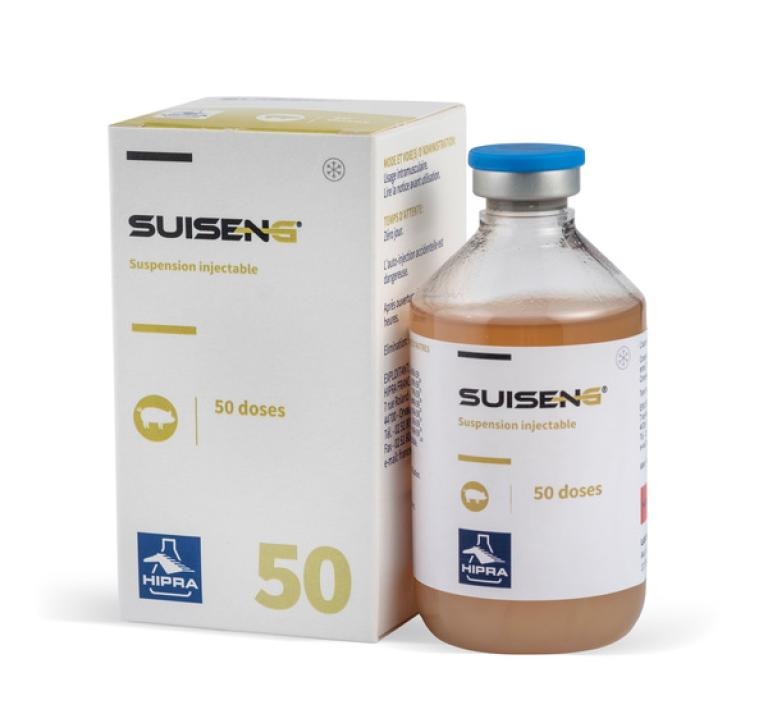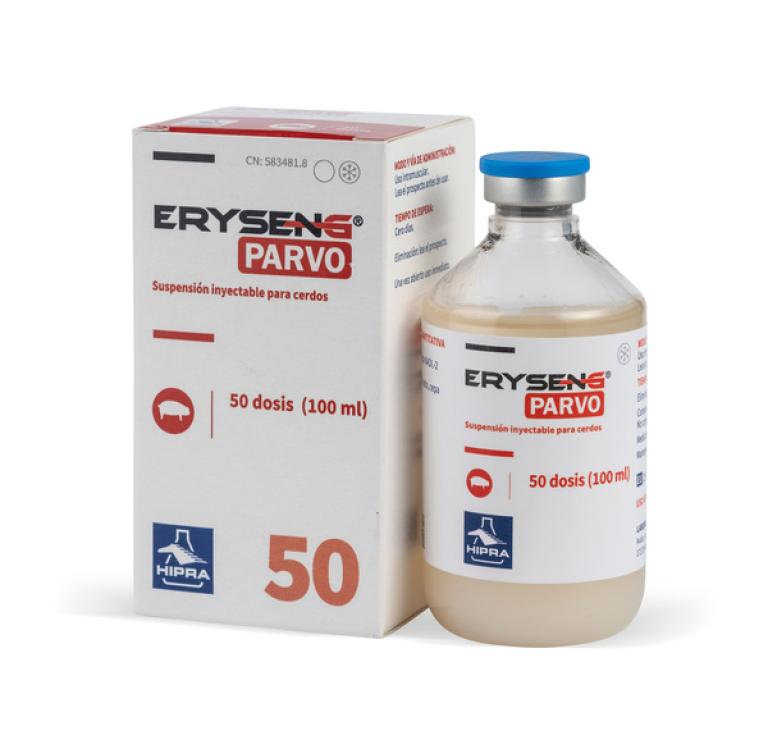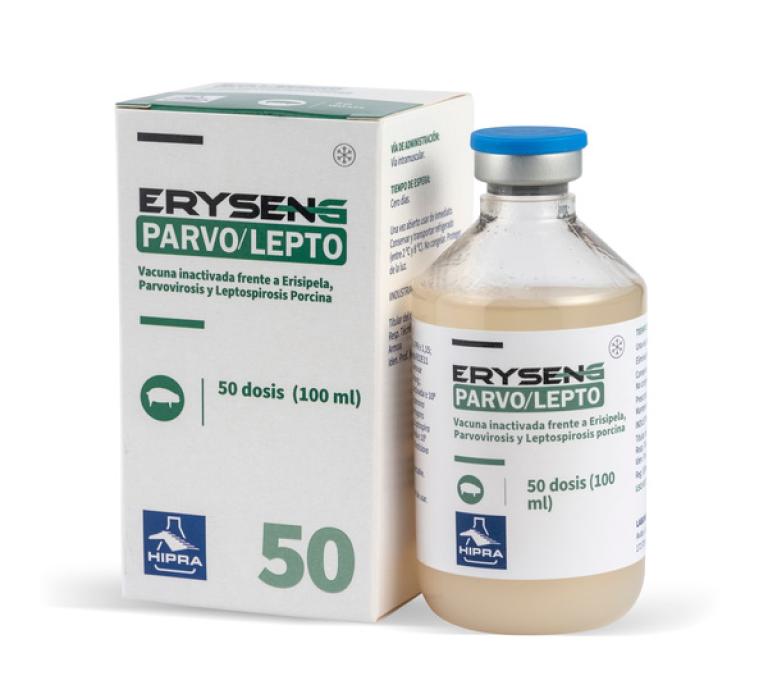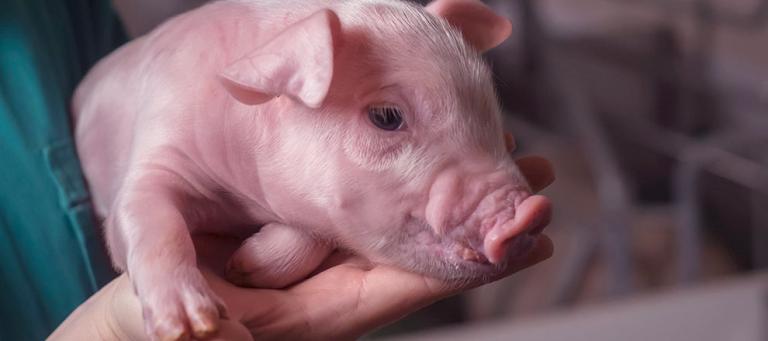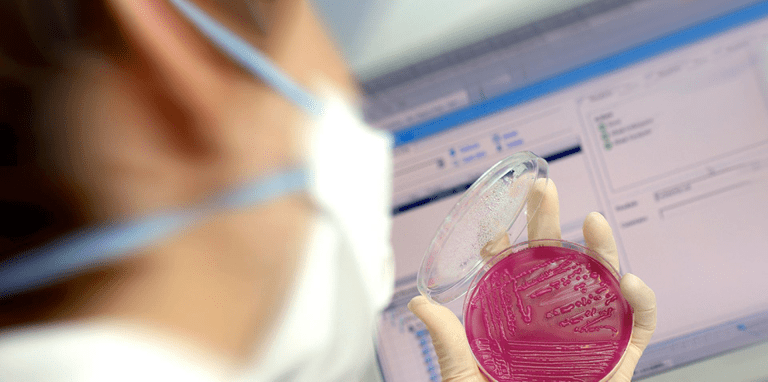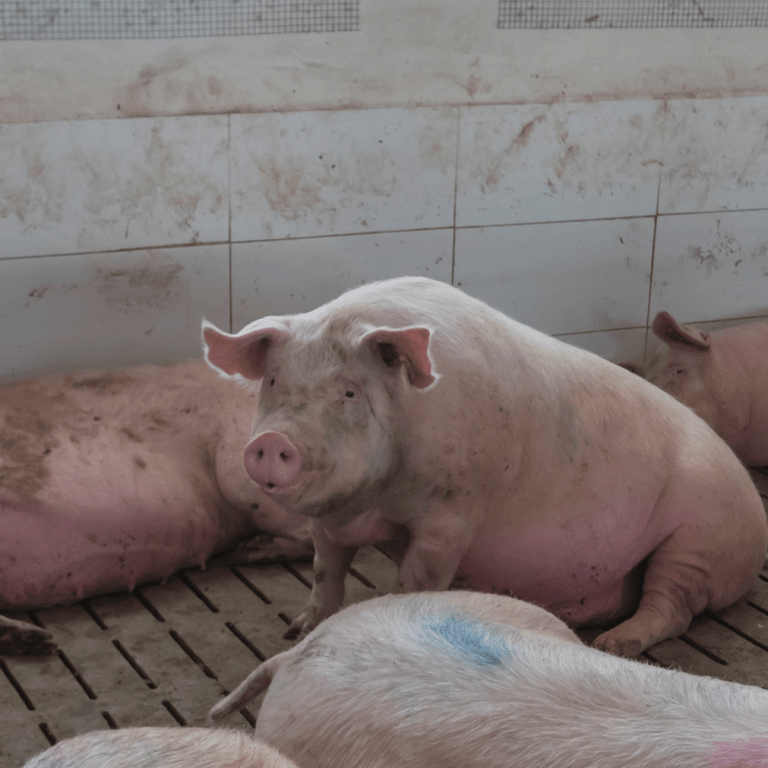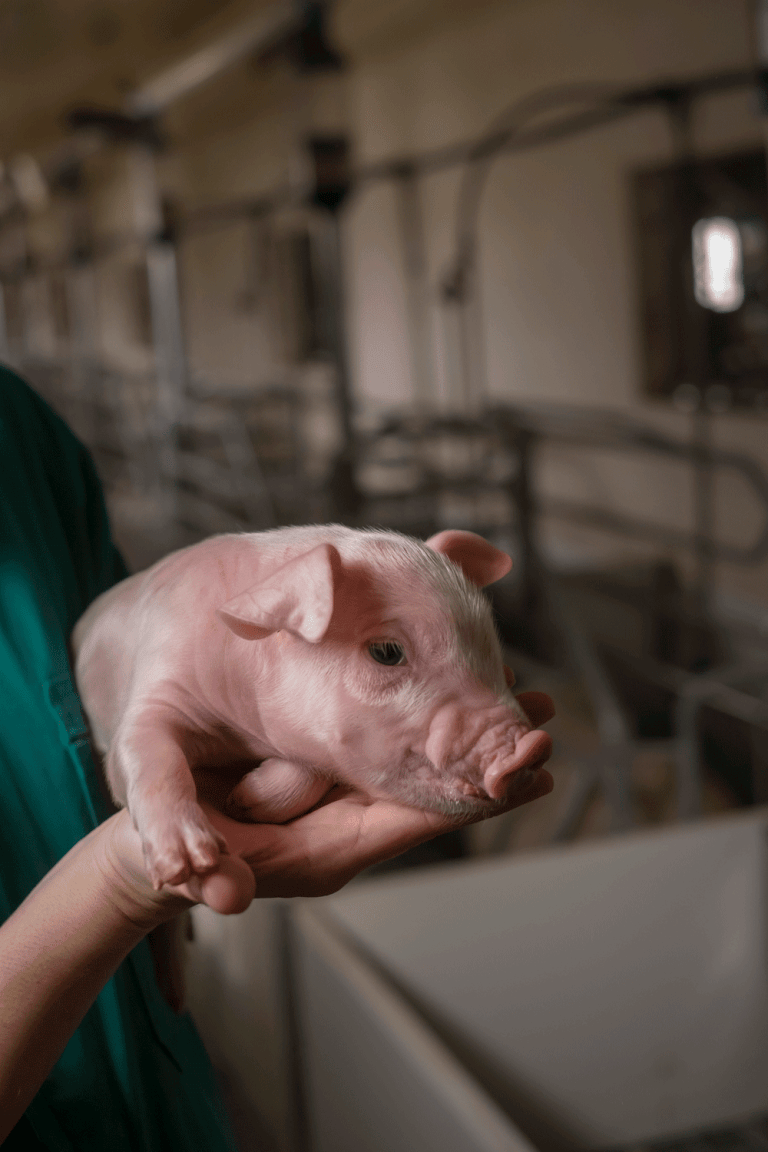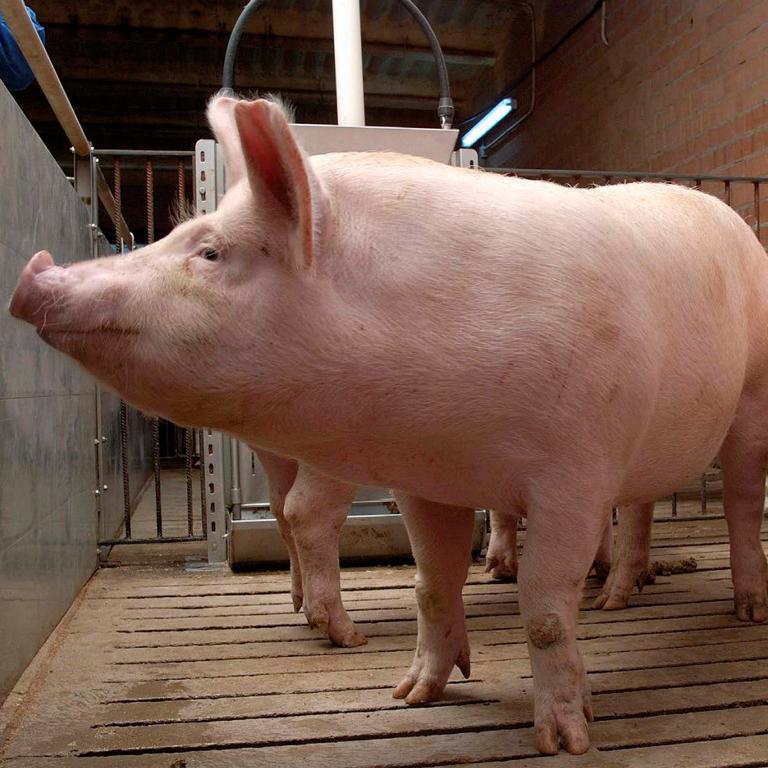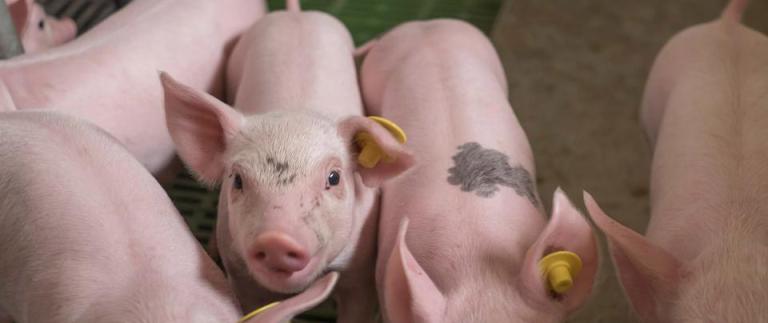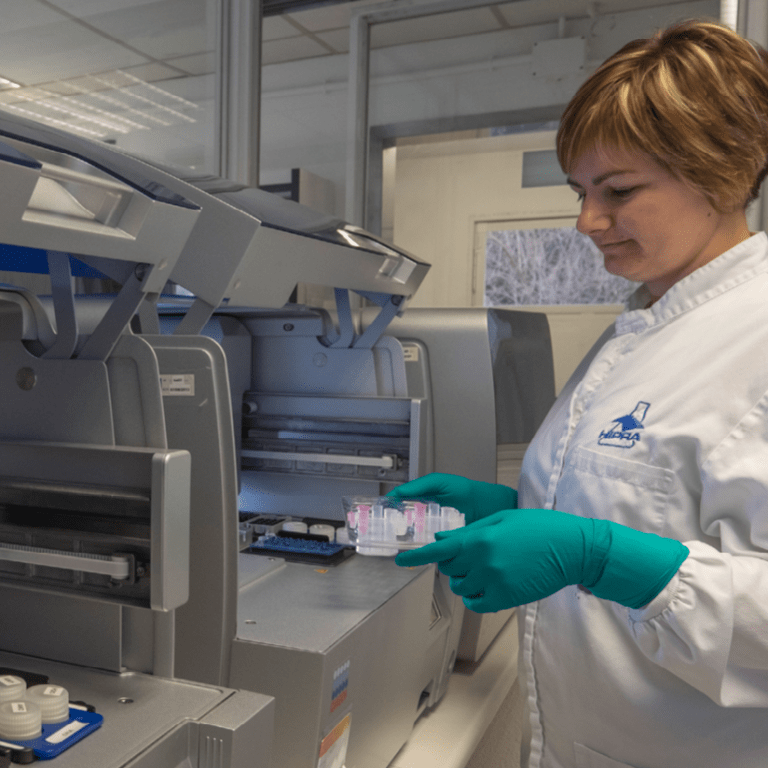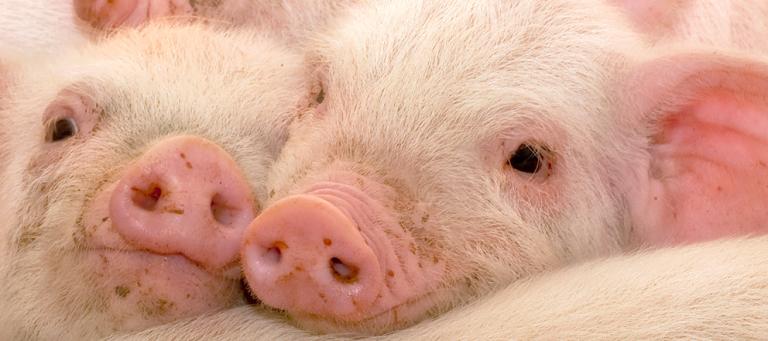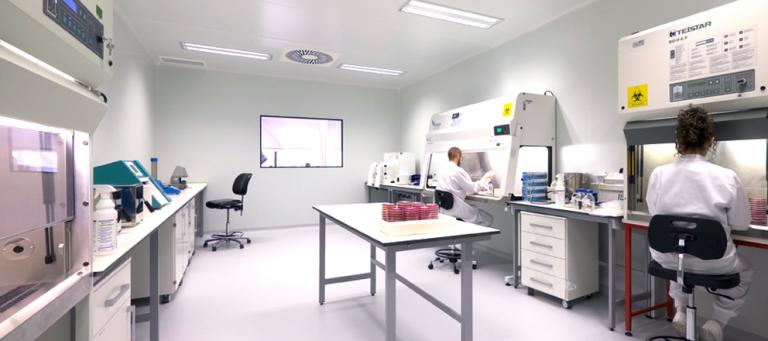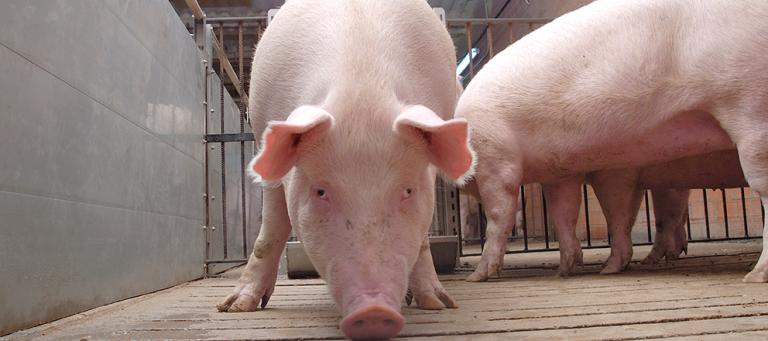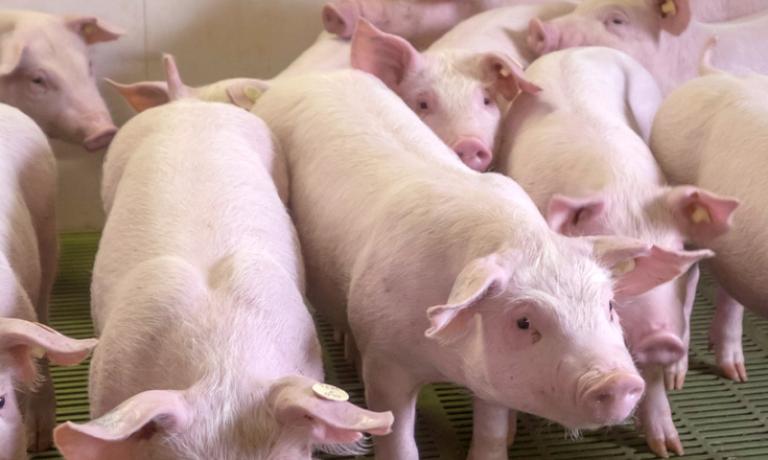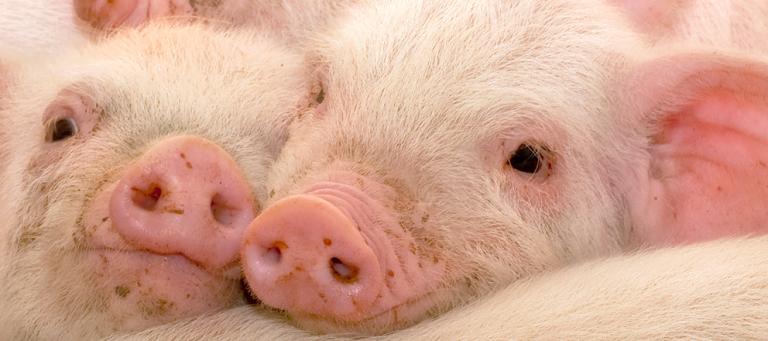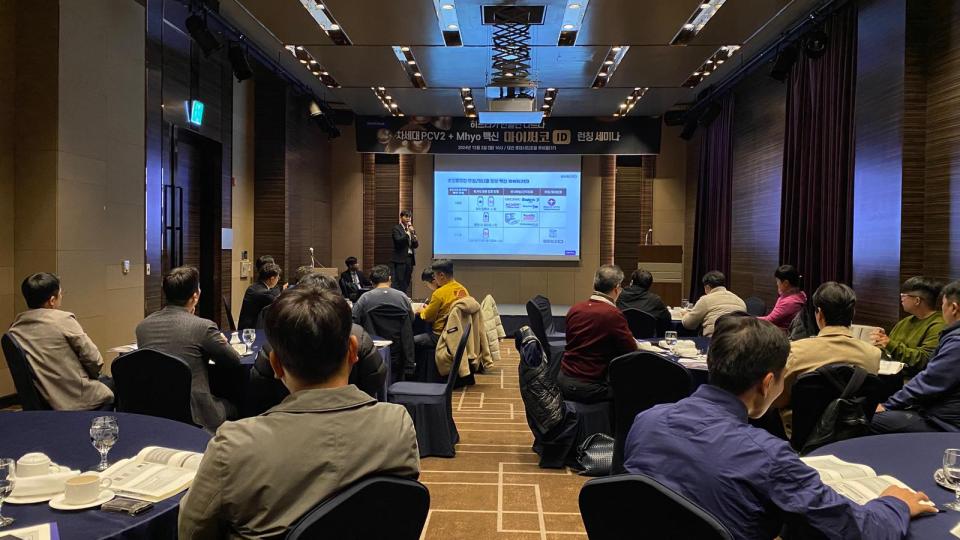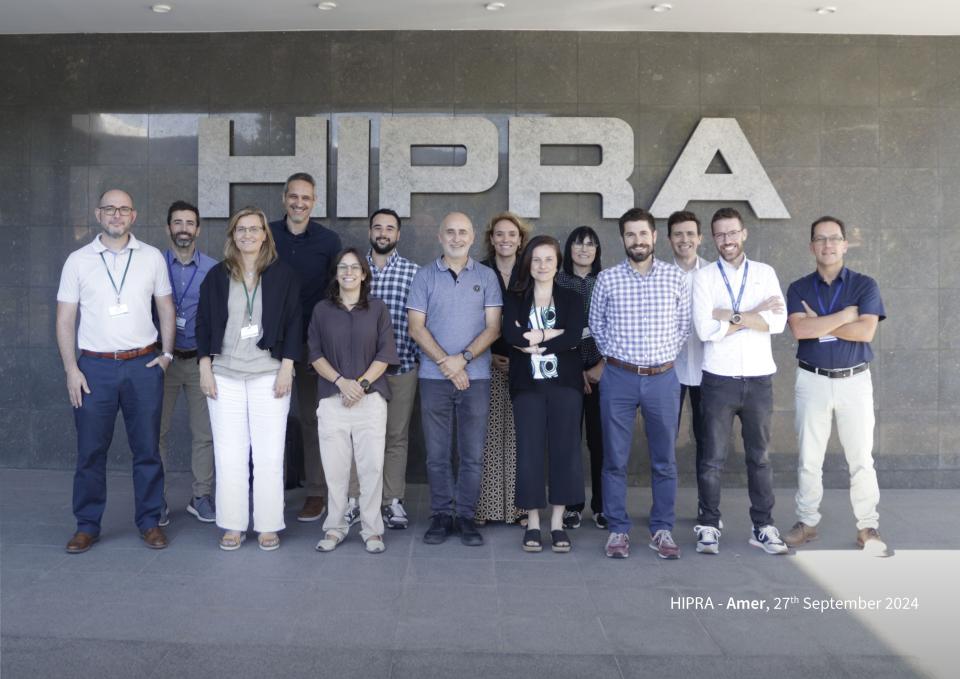Article written by:
Enric Marco i Granell
Marco Vet Group Veterinary Consultancy, Spain
3. REPLACEMENT: Replacement gilts and neonatal diarrhoea
The influence of replacement gilts on the severity or frequency of neonatal diarrhoea is not entirely clear, but farmers know that they have more problems in litters from first parity sows.
Gilts vs Multiparous Sows
This has been shown by different studies such as the one carried out in Sweden in which 81% of the farmers who were questioned said that the problem of neonatal diarrhoea was more common in first parity sow litters1.
Other studies reported a higher presence of neonatal diarrhoea amongst first and second parity sow litters2.
Gilts tend to have a lower colostrum IgG content than other parity sows3, which could explain why their piglets are more prone to suffer diarrhoea.
In fact, when the serum IgG concentrations of piglets affected by diarrhoea are compared with those of healthy piglets, the ones affected always have lower concentrations2.

Figure 1. Neonatal diarrhoea and parity, Sialelli et al, 2009

Figure 2. Piglets with diarrhoea and serum IgG concentrations, Sialelli et al, 2009
Replacement strategy: Maximum recommended parity
A farm’s gilt replacement rate depends on two factors:
- The maximum parity for culling.
- Involuntary culling (sows that are sent to slaughter before they have reached maximum parity).
The maximum parity of sows is based on the cost of production of their piglets. Although there are differences from one farm to another, it is generally considered that after parity 6, sows start to produce more expensive piglets and this is absolutely clear after parity 8.
It is therefore common to establish parity 8 as the maximum parity, or even earlier on very strict farms: parity 7 or 6.
Replacement strategy: Involuntary culling
As regards involuntary culling, this will depend on different factors:
- Management of the gilt (age at first mating)
- Health acclimatisation
- Reproductive management
The better the management of the sows, and in particular the management of replacement gilts, the greater the retention rate will be and hence the lower the involuntary culling rate will be.
When we looked at the data from different farms, we found that the average involuntary culling rate (average culling between different parities) is approximately 15%.
Which means that the annual gilt replacement rate that is necessary to keep a constant number of sows on a farm with an average involuntary culling rate of 15%, and where the maximum parity for culling is parity 8, is about 50%.
This means that in each group of sows mated (batch), the percentage of gilts will be approximately 20%, or what is the same thing, of the sows present on a farm, approximately 20% will be parity 1 sows (from first mating to post first-weaning).
Reducing the gilt replacement rate should never be done by extending the maximum parity for culling, but by reducing the involuntary culling of sows.
For this it is essential to apply proper management and nutrition which should take account of the points explained below.
To Sum up...
- Selection of a reliable source of replacement, with a health status that is superior or equal to that of the recipient farm.
- Regular introduction or production such that the policy of culling sows at maximum parity is not compromised.
- Proper adaptation by means of an appropriate vaccination plan that must include vaccination against the principal pathogens implicated in neonatal diarrhoea: E.coli and Cl. perfringens; and exposure to the pathogens present on the recipient farm.
In order to achieve appropriate health acclimatisation, it is important to have separate units and sufficient space where the animals can be kept for at least 8 -12 weeks.
- Mating at the appropriate age for the genetics selected. But always prioritising their retention on the farm: mating at over 240 days of age and weight of over 140 kg.
- We should not forget that the nutrition of a gilt up to the first mating will be vital to enable her to develop her full potential for growth in a balanced way, paying special attention to mineral intake, as the soundness of her leg conformation will depend on this to a large extent.
The management of replacement gilts should be regarded as the greatest influence on the resultant output of a farm, but also on the manifestation of health problems.
Neonatal diarrhoea is perhaps the most widespread problem on all types of farm, from those with a high health status to commercial ones.
REFERENCES:




